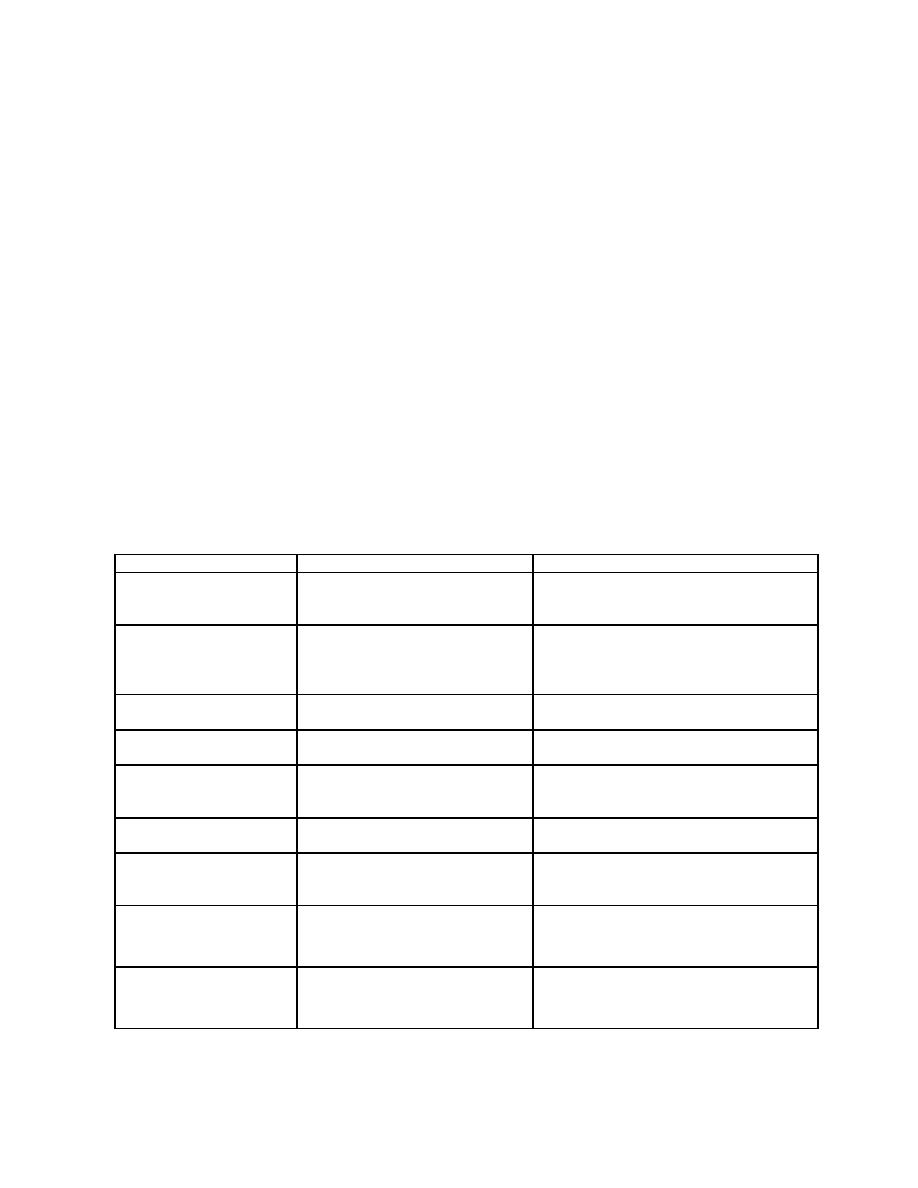
5.2 Cost Analysis
The major cost drivers for rhizosphere-enhanced remediation are monitoring, frequency of
monitoring, and the duration of the monitoring period. Estimates in Table 4 are based on a 10-
year treatment period and annual monitoring. These costs will vary with location of the site,
success in establishing the plants, area to be treated (due to economies of scale and potential
discounts for predictable work load by an analytical laboratory) and the monitoring plan agreed
to by the stakeholder and regulatory community. Based on the above, a realistic cost is
||content||
.39 ft3.
Based on this and estimating that 1 ft3 of soil is ~100 lbs, this is .80 per ton. This cost
compares favorably with alternatives as discussed in the next section.
5.3 Cost Comparison
Table 5 compares rhizosphere-enhanced treatment with conventional treatments such as
landfarming or incineration. A published estimate for landfarming is per ton
(https://www.denix.osd.mil/denix/Public/Library/Remedy/LowryLF/lowryl05.html). However,
this estimate allowed for only
||content||
,480 for mobilization/demobilization. Transportation costs for
the heavy equipment needed for landfarming would be much higher, assuming that equipment
could be transported to remote sites. Published estimates for incineration range from 0 to
||content||
,000 per ton (http://www.frtr.gov/matrix2/section4/4-23.html). Again, transportation and
operation costs for equipment at remote sites would increase these costs.
Table 5. Comparison of costs associated with rhizosphere-enhanced versus more
conventional treatments.
Technology
Rhizosphere-enhanced
Conventional
Geotechnical evaluation of Minimal the treatment is used
Significant greater sensitivity in site
the site
over a wide area
evaluation reduces volume of soil needing
treatment
Requirements for site
Minimal amendments, and
Significant depending on technology. May
preparation, utilities, roads monitoring. Onsite labor restricted
include power, water, fuel, and on-site
and shelter
to site establishment and
labor.
monitoring.
Sensitivities to weather or
Process slows in winter, but is self
Systems made need winterization or
site-specific conditions
starting in spring
additional heating for winter operation.
Replacement parts
Reseeding and/or fertilizer additions Systems will need routine maintenance and
may be required
parts.
Fire Protection
Not applicable unless a natural
Greater potential for fire due to thermal
fire impacts the area. Recovery is
oxidation processes and related fuel
natural.
supplies.
Residual waste
Minimal to none
May yield soil ash from thermal treatment.
treatment/disposal
Permits
There may be issues with
Conventional technologies have significant
developing an acceptable
experience with permitting
monitoring plan.
Reduction of worker
Minimal
May be significant depending on the
exposure to hazardous
technologies.
materials
Treatment time
Significant prediction of rates or
Relatively short. Conventional treatments
endpoints is difficult.
often have predictable throughputs and
well-established rates and endpoints.
26



 Previous Page
Previous Page
